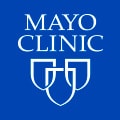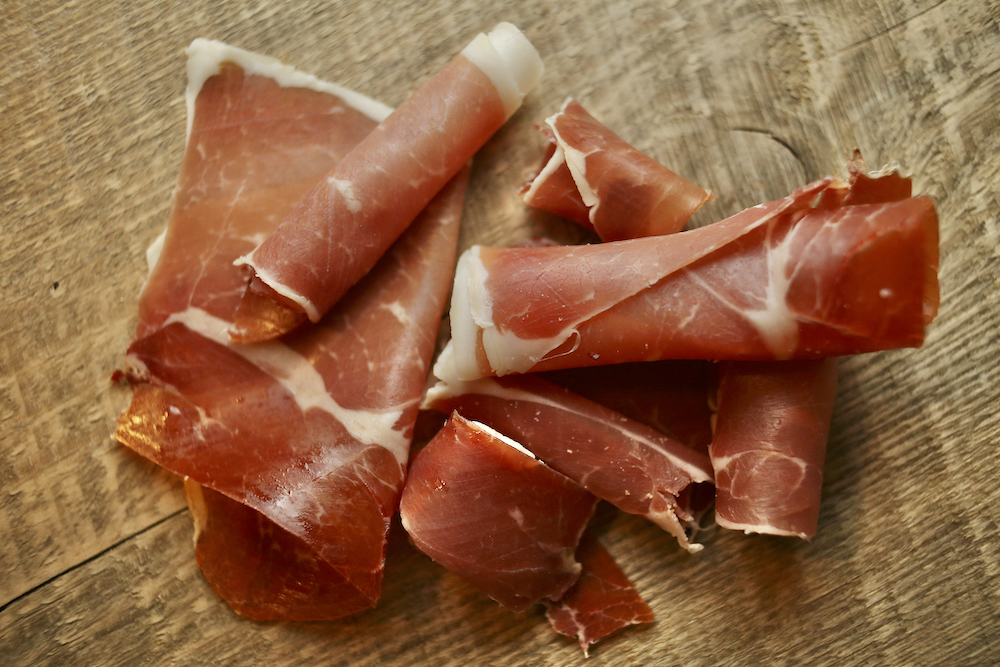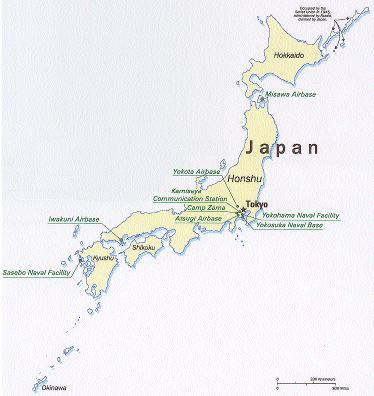mostlylurking
Member
sez who? It all depends upon what that pig was fed. Back in olden golden times, when pigs were fed things like wind-fall apples, etc. this may have been true, but mass produced pork comes from pigs fattened on grains and soy. Pigs don't have rumens so they store the same fatty acids they consume.Good quality pork isn’t a great source of pufa






